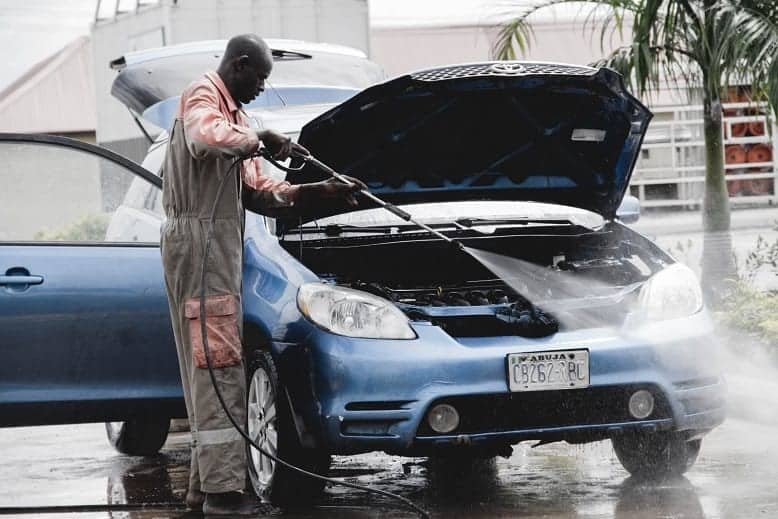There are a wide variety of problems that can stem from a problem within the combustion process of a car. If combustion isn’t taking place with the proper timing or the fuel/air mixture is not proportional, the engine will not perform correctly. One of these problems is a vacuum leak, and vacuum leak symptoms should not be too difficult to recognize.
Causes of Vacuum Leaks Symptoms
Any inconsistency with the fuel/air mixture in the engine will cause engine problems. The air intake system draws outside air into the engine. This air is pushed into the cylinders along with the proper amount of fuel.
If there is a leak in the vacuum system, the proper amount of air cannot be pulled into the cylinders, causing combustion issues. This problem can manifest in a number of ways.
Vacuum Leak Symptoms: Acceleration Problems and Misfiring
With a compromised combustion process, one of the first vacuum leak symptoms you may notice is poor acceleration performance. Having incomplete combustion or having a fuel/air mixture that is too rich will not allow your vehicle to keep the horsepower that it should. You will notice this in weak acceleration.
A misfiring cylinder has many possible origins, such as bad spark plugs or a fuel injection problem. That said, a vacuum leak causing inconsistency in the fuel/air mix could cause car engine cylinder to misfire.
Vacuum Leak Symptoms: Difficulty Starting Engine
For the same reason as acceleration problems, a more severe vacuum leak may make it more difficult to start your vehicle. Ignition requires precise timing as well as a properly proportioned fuel/air mixture.
If there is too little air in the cylinders a clean ignition and combustion will not occur. Because of this, the car engine will not turn over as readily as it usually would when you turn the key.
Vacuum Leak Symptoms: Idle Problems and Stalling
Perhaps one of the most notable vacuum leak symptoms is a rough idle. You may be able to feel this in the pedal or the steering wheel as a vibration when the vehicle is idling. Depending on the severity of the vacuum leak, the car may not be able to idle at all and will stall.
Another idling problem you may notice is too high of an idle. This only applies to vehicles in which idle speed isn’t controlled by computer. If the idle is consistently high, air has somehow gotten past the throttle.
Vacuum Leak Symptoms: Finding the Leak
Once you’ve established there may be a vacuum leak, there are a couple of ways that you can try to find out where it is coming from. Look for any obvious possibilities such as loose or damaged hoses or cracked hose fittings.
If there is no obvious source of a leak, you may consider using a smoke machine. Smoke pushed into the manifold should spray out of any
holes or cracks where leaks are located.
Unfortunately, there are so many places that a vacuum leak could occur in a car that finding them can often prove difficult. Don’t be afraid to take your vehicle to a mechanic. A mechanic can further investigate a source of the leak or determine if a leak is not the vehicle’s primary problem.
About the author: Martin works with BeNiceToYourVolvo.com – the most trusted repair service for volvo OKC offers.
About Guest Post: This post was written by a guest contributor. Please see their details in the post above. If you’d like to guest post for naijatechguide check out our guest post page for details about how you can share your knowledge, tips, and experience with our readers.







